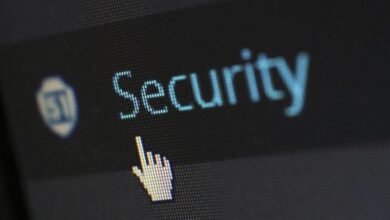Caller Risk Evaluation 3509099309 3533586350 3283457104 3455228966 3885610178 3775908666

The evaluation of caller risk for numbers such as 3509099309, 3533586350, and others reveals a growing concern over potential scams. Analyzing the origins and reported activities associated with these digits uncovers patterns of fraudulent behavior. Users frequently report tactics like impersonation and urgency. Understanding these elements becomes crucial for individuals seeking to protect their personal information. The implications of this analysis raise critical questions about the effectiveness of current caller identification methods.
Overview of Caller Risk Evaluation
Caller Risk Evaluation serves as a critical framework for assessing the potential threats posed by incoming communications, particularly in contexts such as customer service and security.
It employs caller identification techniques to discern the legitimacy of calls, while adhering to risk assessment criteria that prioritize safety and efficiency.
This systematic approach enables organizations to mitigate risks and protect sensitive information effectively.
Analysis of Specific Numbers
The evaluation of specific phone numbers plays a pivotal role in the Caller Risk Evaluation framework, offering insights into the potential risks associated with incoming communications.
Through number analysis, various risk factors can be identified, including the frequency of reported scams, geographical origins, and user complaints.
This systematic approach enhances awareness and empowers individuals to make informed decisions regarding their communication interactions.
Common Scam Patterns
Recognizing common scam patterns is essential for understanding the tactics employed by fraudsters. These scam tactics often involve urgency, impersonation, and emotional manipulation.
Caller identification can reveal telltale signs, such as unfamiliar area codes or spoofed numbers. Awareness of these patterns empowers individuals to critically assess incoming calls, thereby enhancing their ability to protect personal information and maintain autonomy over their communications.
Tips for Handling Unknown Callers
How should individuals respond to unknown callers?
Implementing caller identification tools is essential for enhancing privacy protection. Individuals should allow unknown calls to go to voicemail, assessing messages before deciding on a response.
Avoid sharing personal information unless the caller’s legitimacy is verified. Researching numbers online can also provide insights into potential scams, safeguarding one’s freedom from unwanted intrusions.
Conclusion
In conclusion, the analysis of the specified caller numbers reveals a landscape fraught with potential threats, akin to navigating a minefield. By understanding common scam patterns and exercising caution, individuals can fortify themselves against deceitful tactics. Awareness and vigilance are paramount in this digital age, as each unknown call holds the potential for manipulation. Ultimately, adopting proactive measures can empower individuals, transforming fear into informed action, thus safeguarding personal information against the shadows of fraud.



